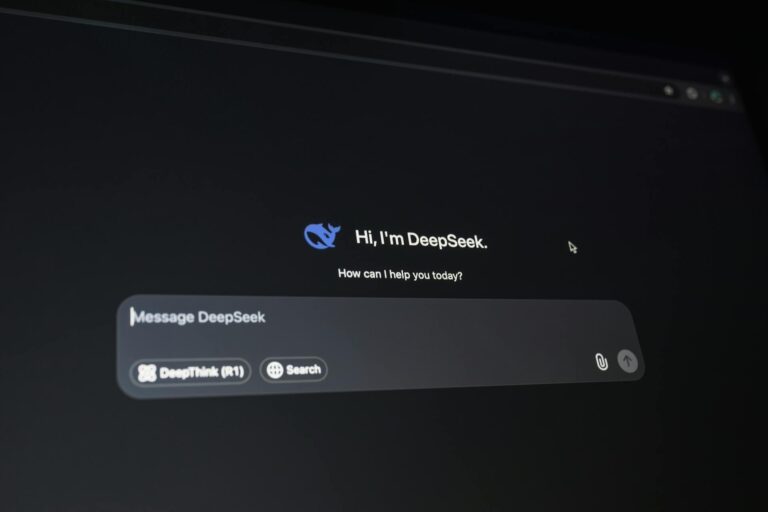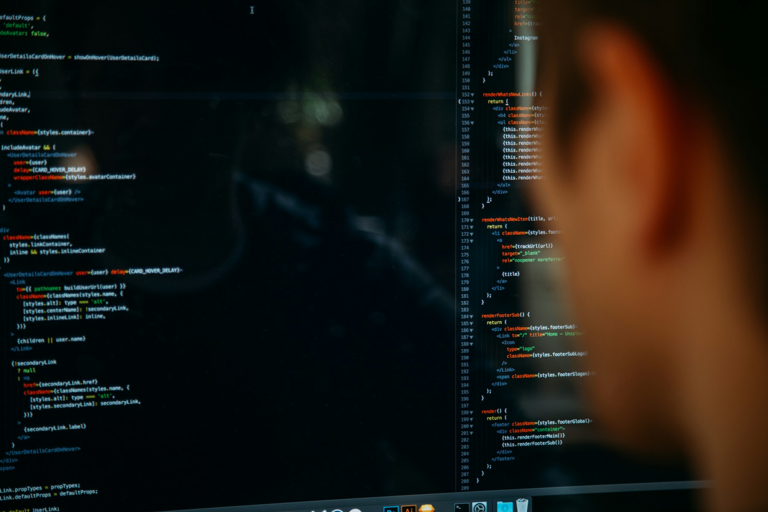
The last year has proven that what we think we know about business can be turned on its head in a mere matter of weeks. We have seen industry sectors pivot to new operational models almost overnight, driven by the mass move to remote working. But this historic period has done little to deter tech investors, still keen to get in on the next big thing. Money has continued to pour into funding rounds, with the second and third quarters of 2020 proving to be particularly strong.
By mid-October, 76 companies had passed the hallowed $1 billion valuation to officially join the unicorn club. That number has grown since and could yet hit the 100 mark by the time the year draws to a close. And while it won’t reach the heights of 2018 and 2019 when 126 and 122 companies became unicorns, it will still rank as the third most successful year on record when it comes to unicorn creation.
One of the organisations that officially became a unicorn in 2020 is Redis Labs, the provider of lightning-fast open source database Redis. It was a bumper $100 million Series F funding round in August that took Redis Labs’ valuation past $1 billion, while also taking its total funding to date to just shy of $250 million. The raise was seen by many in the technology world as a precursor to taking the company public.
Speaking to Digital Bulletin, the company’s CEO and co-founder Ofer Bengal confirms the round will give the business a shot in the arm to strengthen its teams and offerings before an IPO in one-to-two years’ time.
“For a company like us, the very natural path is to go public. When you look at other companies that have gone public in recent months, growth is very much the name of the game. We’ve seen companies like Snowflake, like MongoDB, which are peer companies to us, losing a lot of money, but growing very fast, which means that the market basically rewards hypergrowth.
“We’ve been able to grow 50% year-on-year in the last three years, and that is something we want to continue, although it becomes more difficult to sustain. Now, in order to grow very fast, we need to invest in all areas of the company. We’re planning to invest a lot of money in scaling our salesforce, really increasing the size of our marketing operation, and much more.”
A great deal of the growth Bengal and his team has achieved can be put down to the bold changes made to the company’s database proposition. Having originally started life as a database caching platform when the company was established nine years ago, Redis has been adapted and improved to become a full database operations service, enabling a number of the world’s leading enterprises – including seven Fortune 10 companies – to better process, analyse and make predictions with the data they create. Bengal calls this “the full database experience”.
A key selling point of Redis is its rapid speed, with the combination of Redis on Flash and Intel NVMe delivering record-breaking performance of three million operations per second with sub-millisecond latencies – genuine market-leading speeds.
“From day one, we thought that the future of the database industry is in very fast databases,” Bengal says. “You had this weird situation, and in some cases still do, where databases are accelerated with a caching layer, which is an in-memory layer where you put all the most frequently, most requested objects of data.
“And we always thought that this was a method that worked, but shouldn’t the database be fast in the first place so that it doesn’t need a caching layer? So basically Redis is a database which does not need any crutches to do the job – it’s very fast.”
With his sights set on leading the company into an IPO, Bengal and Redis Labs have every right to be optimistic. But the co-founder’s route into the technology space is not your typical one; before starting network management systems company RiT Technologies in 1989 – Bengal took the company public in 1997 through NASDAQ – one of his passions was the development of toys, which he took from prototyping through to production.
From day one, we thought that the future of the database industry is in very fast databases
It is an approach that serves him well with product development to this day, but it could easily have become his career.
“My background is that I’m an aerospace engineer and I worked for years designing airplane modification and installations, starting my own private consulting company in this area. And as a side hobby, I was developing toy concepts and sold several concepts to American companies, such as Hasbro and Mattel, as well as businesses in Japan.
“And at a certain point, I decided to not just develop the concepts, but actually manufacture them and sell them. So I started my company, and was actively looking to raise money. I came across a guy who was one of the pioneers in the Israeli high-tech scene in the 1990s and I went into a meeting with him with the intention of asking for investment for toys but he ended up convincing me to start a high-tech company,” Bengal says with a wry smile.
His mind consumed by tech, not toys, Bengal’s and Redis’ relationship with the public cloud hyperscalers is central to its success. As an open source company, those links have become strained in the past but it has recently made great progress with persuading the cloud giants to work directly with it rather than taking the open source and attempting to build something of their own.
Earlier this year, Redis partnered with Microsoft to integrate Redis Enterprise directly into cloud service Azure. It says enterprise offering on Azure Cache for Redis will improve developer productivity, offer greater operational resilience, and increase peace of mind for companies migrating their databases from on-premise infrastructure to operating fully in the public cloud – a key selling point in these WFH times.
“When Redis started out, we had a very permissive license which basically enabled anyone to take the open source and use it and make any online service out of it, which all the major cloud providers did,” says Bengal. “But as we’ve developed our commercial offering, Redis Enterprise, we’ve added a host of really valuable features, so the open source component is probably only about 10% of the proposition.

“Microsoft is building this service by themselves, so we provided the Redis enterprise software. They will sell it, they will market it, they will promote it, and we are sharing revenues, which is a great achievement for us. Microsoft has only committed to this type of intimate relationship with two companies in the past – HashiCorp and DataBricks – and we know that these two companies benefited tremendously. So we are very optimistic.”
The Microsoft tie-up follows a blueprint set by Redis Labs and Google in 2019, when Bengal and Google Cloud CEO appeared on-stage together at Google Cloud Next 2019 to announce Redis Enterprise was to be offered on Google Cloud Platform as a managed service. That partnership has been in full-flow for more than 12 months and Bengal says Redis has been buoyed by the results.
“We’ve started the fourth quarter of this service and we see that it is going fantastically well. We’ve seen our revenues in this area increase by 300%, which is more than we expected, and we are continuing to invest in the service. Google is now building its UX into service, which will make it a more ‘Googlised’ service. So it’s going very well, we’re really happy.”
One of Redis’ most significant product launches of 2020, and one which it hopes will drive the organisation forward in 2021, and beyond is RedisAI. With the AI serving engine inside Redis, RedisAI reduces the time spent on these external processes and can deliver up to 10-times more inferences than other AI serving platforms and at a much lower latency, says Bengal.
Redis is confident that many of the leading AI-driven applications such as fraud detection, transaction scoring, ad serving, recommendation engine, image recognition, autonomous vehicles, and game monetisation will achieve dramatically better business outcomes with these performance improvements.
“This is a very new area known as AI serving or AI inference, which is predicted by McKinsey to be worth $15 billion in five years, and there is no clear leader at the moment,” Bengal says. “RedisAI is an inference engine for AI models of any type and we see it as a very natural extension or expansion of Redis because Redis was always about serving data to the application in a very efficient and fast way.
“The only difference here is that you serve the data with an AI model and what we show is an amazing, tremendous performance advantage over any other technology available today. I think that AI inference represents a huge opportunity for any database company, but specifically for Redis because of the speed of serving. It’s an area we’d really like to establish ourselves as a leader in the coming years.”



